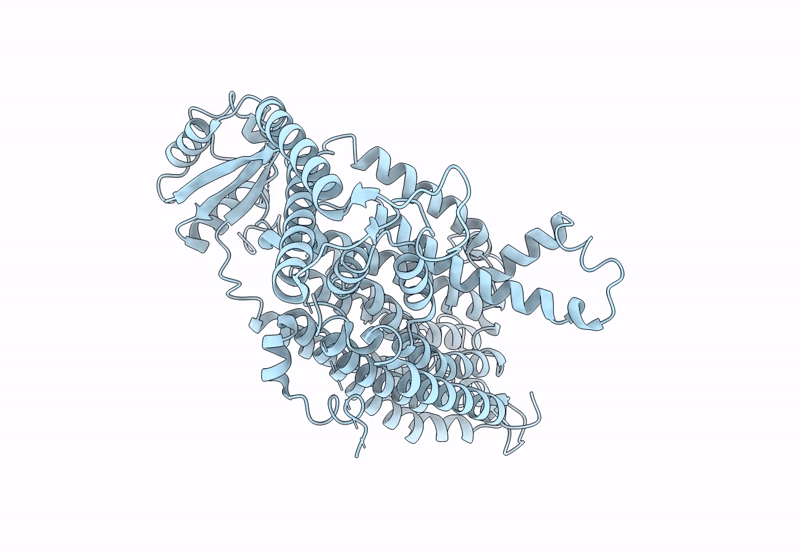
Deposition Date
2025-02-10
Release Date
2025-06-11
Last Version Date
2025-08-20
Method Details:
Experimental Method:
Resolution:
2.95 Å
Aggregation State:
PARTICLE
Reconstruction Method:
SINGLE PARTICLE


